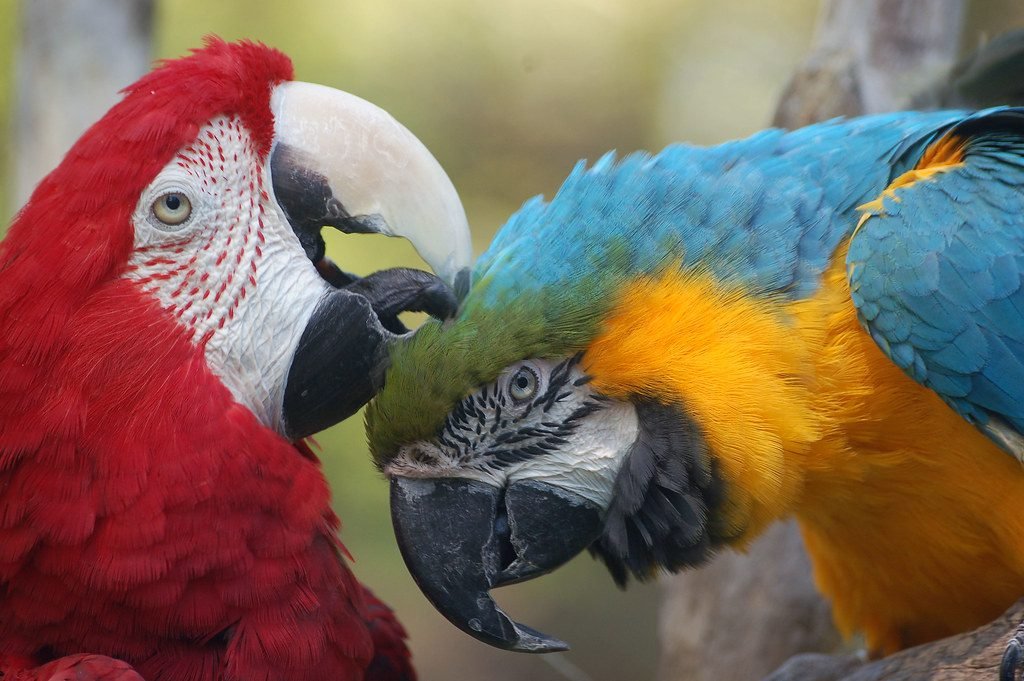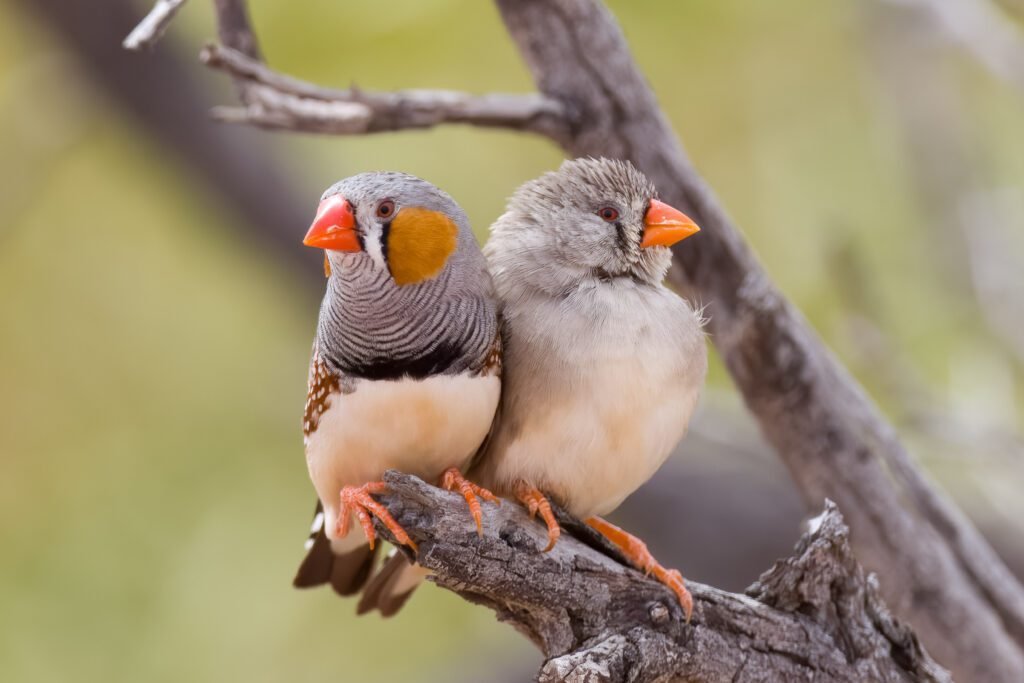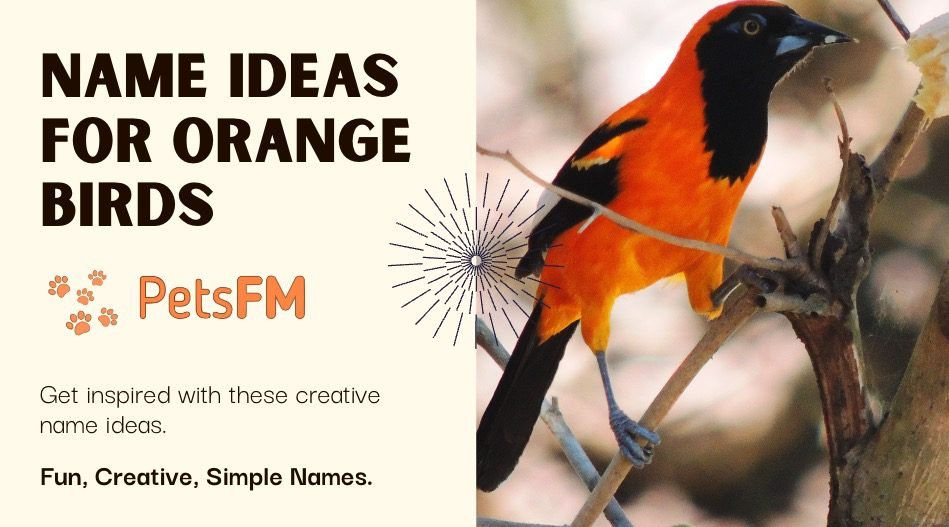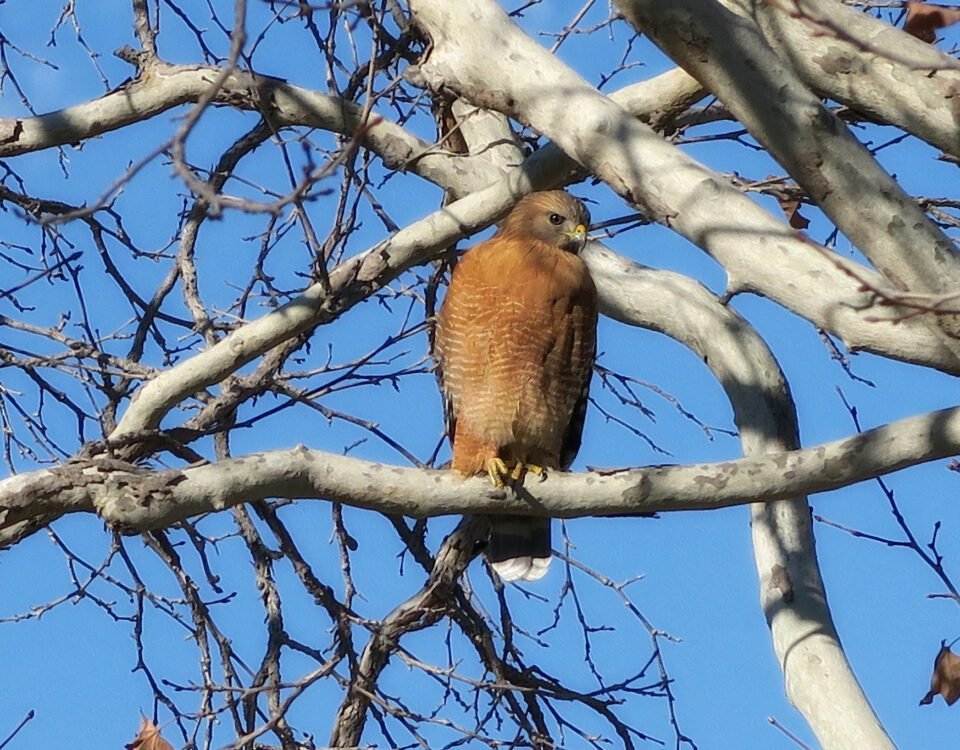


What Are The Laws Behind Keeping Hummingbirds As Pets?
November 13, 2023


What’s The Difference Between Bluebirds & Robin Eggs?
November 13, 2023Birds have always been the epitome of fascination for humans with their elegant flight, vivid plumage, and distinctive habits. Their enchanting songs and intricate mating rituals are particularly captivating.
A common curiosity about these avian creatures is whether they exhibit kissing-like behaviors. Humans express affection through various means like kissing, embracing, or hand-holding. Similarly, birds have unique ways of showing love and forming bonds.
Do Birds Really Kiss?
Yes, birds engage in behaviors resembling kissing as part of their courtship and grooming rituals. However, this is different from a human kiss. When birds exhibit what looks like kissing, they touch or gently nibble each other’s beaks. The reasons for this behavior vary, and it’s not always purely a gesture of affection.
Feeding among birds often involves beak contact, which might be mistaken for kissing by an onlooker. However, in many domesticated birds, such ‘kissing’ actions are learned from humans.
These birds might touch their beak to their owner’s cheek or mouth, imitate kissing sounds, or even lick like a dog.


Bird Feeding Behaviour
But beak contact among birds isn’t always a love gesture. It can be a show of dominance. For example, parakeets might ‘kiss’ to examine a new bird or show acceptance of another group member.
Sometimes, it can even be aggressive, prompting bird owners to be vigilant.
Nevertheless, birds express affection in various ways beyond what resembles kissing. Whether in a seasonal monogamous relationship or as part of a bonded pair, birds have unique ways of showing fondness towards each other.
What Does Bird Kissing Mean?
When you first witness your birds seemingly kissing, it’s natural to be charmed and think it’s a sign of affection. You might even feel a romantic atmosphere among your feathered friends.
However, it’s important to note that a ‘kiss’ between birds can signify various things, and most often, it’s not an indication of romantic love. Let’s explore the different meanings behind this bird behavior.
Feeding
When you observe what appears to be a kiss between two birds, it’s often a case of them sharing food, a behavior known as courtship feeding. Typically, the male bird forages and regurgitates the food for a female.
Though it may look romantic, this act is not about romance but survival and the male’s role in ensuring the female is nourished for successful egg hatching.
Affection/Acceptance
Birds can show affection through what resembles kissing, but it’s not always romantic. For example, parakeets in captivity often form strong bonds with their cage mates, leading to kissing-like behaviors as a sign of trust and acceptance.
Preening
Kissing-like actions among birds can also be part of grooming, especially in areas they can’t reach themselves, like their face.
This mutual grooming helps keep their feathers clean and transfers natural oils, enhancing their bond and providing comfort.
Exploration
Birds, much like dogs, may use nipping or nibbling to explore their environment or establish hierarchy when meeting new companions. This exploratory behavior is especially common in young birds and can continue into adulthood if not corrected.
This behavior is not affectionate but more about curiosity and asserting dominance.
Bird Courtship Behavior
Bird courtship is a complex and often exhausting process involving a range of strategies to attract a mate and stand out among competitors. Here’s how birds go about it:
Singing
Many bird species use singing or vocal displays as a courtship method. This not only showcases their desirability as a mate but can also serve to ward off rivals and establish territory. While in some species, only males sing, in others, the female’s response indicates acceptance or bonding.
Dance Routines
Dancing is a unique courtship behavior in some bird species, ranging from head bobbing to elaborate group performances.
Birds like parrots and peacocks use their vibrant plumage during these dances, while others demonstrate strength or stamina.
Visual Displays
Visual displays in birds, such as the spectacular tail feathers of a peacock, are aimed at catching the female’s attention. These displays can vary greatly, from extravagant plumage to acrobatic aerial shows.
Mutual Grooming
Preening, which may look like kissing, is birds grooming each other. It shows affection and trust, involving tasks like feather arrangement and parasite removal. This behavior is also seen in pet birds with their owners, symbolizing a strong bond.


Preening Parrots
Sharing Food
Often mistaken for kissing, feeding is a common courtship behavior where one bird regurgitates food for the other. This act is crucial for survival and signifies the male’s commitment to nurturing the female, especially during nesting.
Nest Building
In species like the house wren, the male builds multiple nests for the female to choose from. This behavior is about shelter and showcasing the male’s ability to provide and care for future offspring. Some birds create elaborate nests as part of their courtship strategy.
Do Birds Kiss Humans?
Yes, pet birds often engage in behaviors that resemble kissing with their human owners. These actions, which can include gently touching their beak to a person’s cheek or mouth, are not kisses in the human sense but are signs of affection and trust from the bird.
Some pet birds may even mimic kissing sounds or lightly nibble to show their bond with their owner. However, it’s essential to understand that this behavior is a form of social interaction for birds and represents their comfort and connection with their human caretakers.
Is It Safe To Kiss A Bird?
Kissing your bird is generally advised against by leading veterinarians due to health risks for both the bird and the human. Humans can transfer harmful bacteria to birds through their saliva. Conversely, birds are potential carriers of diseases transmissible to humans.
One such disease is Psittacosis, parrot fever, prevalent in wild and captive birds. This infection can spread from birds to humans, leading to symptoms similar to the flu and potentially progressing to pneumonia in humans. Therefore, caution is recommended for bird owners to avoid health complications.
Do Birds Kiss While Mating?
In the mating rituals of certain bird species, an activity known as billing, like human kissing, occurs. This beak-to-beak interaction among birds usually has vital functions related to their survival, mating, and establishing bonds.
A typical example is courtship feeding, where the male bird drops food into the female’s beak. This behavior is a part of billing and showcases the male’s capacity to nourish his mate and their potential young.
Do Birds Pair For Life?
Many bird species in the wild form lifelong partnerships, although not all birds follow this pattern. Despite their short lifespans, some birds commit remarkably to long-term relationships.
Birds demonstrate a range of behaviors in this regard. Researchers have observed that species with a higher brain-to-body size ratio often establish enduring pair bonds. These birds usually mate with a single partner for life and follow social structures led by their flock’s leaders. This trait is common in parrots and corvids.


Finches
Species like the mynah bird also form strong bonds with their mates. However, they are known to find new partners if their original mate passes away.
Birds such as swans and eagles typically stay monogamous until the death of a partner, after which they may seek new mates.
On the other hand, some species, like house wrens and hummingbirds, engage in multiple partnerships throughout their lives. In these species, the female typically handles all nest-building and maintenance aspects.
Conclusion
Birds’ intricate social interactions and emotional bonds are truly captivating. It’s easy to humanize their behaviors and label them as “kissing,” but recognizing the actual context and purpose of these actions in birds is essential.
Observing how birds show affection and perform courtship rituals allows us to understand their behavior better and appreciate the unique ways they express love and care.
Therefore, when observing birds engaged in billing or allopreening, it’s helpful to remember that while these behaviors might not equate to human kissing, they are still beautiful demonstrations of affection and nurturing in the avian kingdom.



